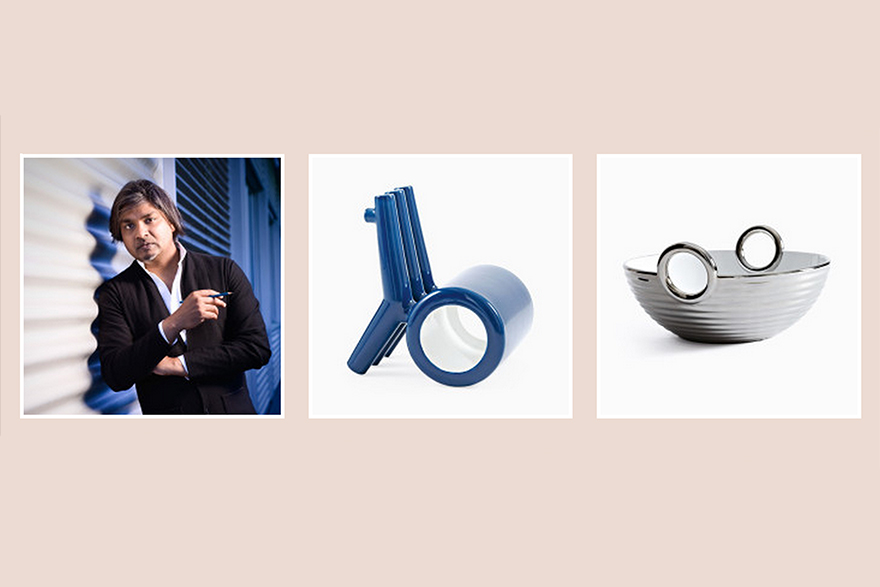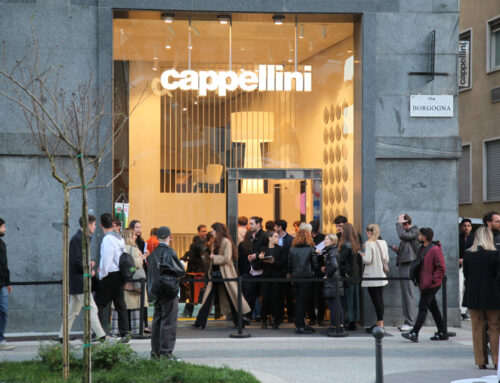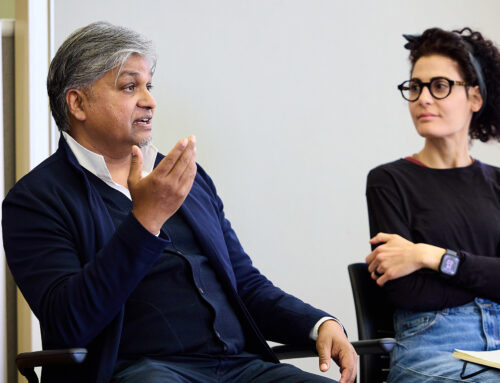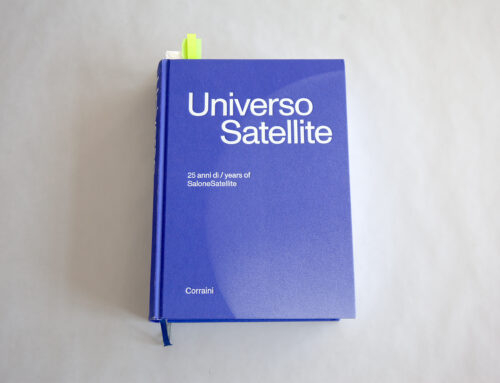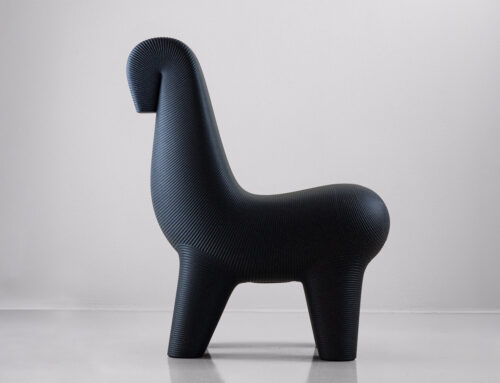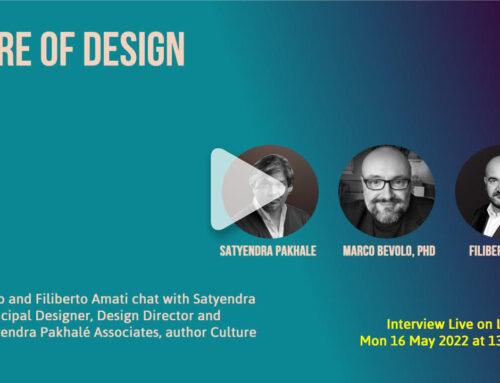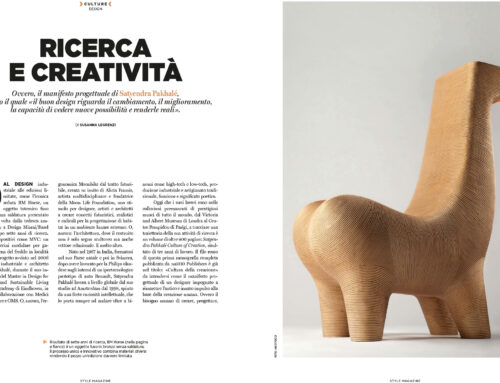Where Tradition and Innovation Meet: A short Q&A with Satyendra Pakhalé
Today we added some lovely ceramic baskets by Satyendra Pakhalé to our Shop. And because we find this Amsterdam-based designer and architect so fascinating, we thought we’d honor the occasion with a brief interview.
LAB: How are “architectural thinking” and “craft thinking” used in your work? Are these separate or similar approaches? How so?
SP: I do not see a duality in any process of creation, let alone between industrial design, craft, and architecture. It is all interrelated, and each possibility informs the work in the other area. The consideration for each project is specific—depending upon technology, materials, socio-cultural context, and overall project constraints. However, the deeper concern to create work that is human is always my main driving force.
LAB: What do you enjoy most about creating in ceramics? What qualities in the material do you appreciate the most and to highlight in your creations?
SP: I am fascinated by several materials, and I have always been curious to cultivate sensorial qualities, applying them in a context. I engage with natural and manmade materials, as well as state-of- the-art technologies and age-old artisanal techniques from India, Japan, China, and Europe.
But among all the materials, ceramics is perhaps one of the few enigmatic materials, somewhat similar to glass. Being one of the oldest—and such a sensual and meaning-impregnated material—I have been fascinated by it for a long time. Ceramics is very difficult to control and therefore hard to master.
My first attempt to work with ceramics was the most intense. I was invited to do a residency many years ago at the European Ceramic Work Centre (EKWC). I had the crazy idea to do a structural object like a chair in ceramics, which was a huge technical challenge. From that period resulted the ceremonial piece Flower Offering Chair and several other prototypes like Pottery Chair and Roll Carbon Ceramic Chair—which combines ceramics and fiberglass. It was a pure provocation: Is it high-tech or low-tech?
These projects required an elaborate technological development, in terms of studying the joints and developing special kind of ceramics that could take structural stress. These ventures act as research. Due to the complex and relatively long making process, they became limited-edition pieces edited by Gabrielle Ammann. Later some of these pieces evolved into symbolic objects produced by Bosa in North of Venice.
LAB: Are there any trends or developments in traditional craft processes that you feel
are particularly noteworthy?
SP: In my mind I really do not see processes as traditional or otherwise; craft processes or industrial processes. What interests me most is what is appropriate for the context. When we need we use laser sintering or lost wax casting process or aluminum extrusion, we do. As the project demands, we engage intensely with the process and make use of it. But technology, craft or any process is simply a means and not an end in itself.
I would not glorify craft for the sake of craft. Without being regressive or traditionalist, we ought to embrace new as well as continue to engage with old, with a critical eye towards both, with the objective to always create contemporary expression.
